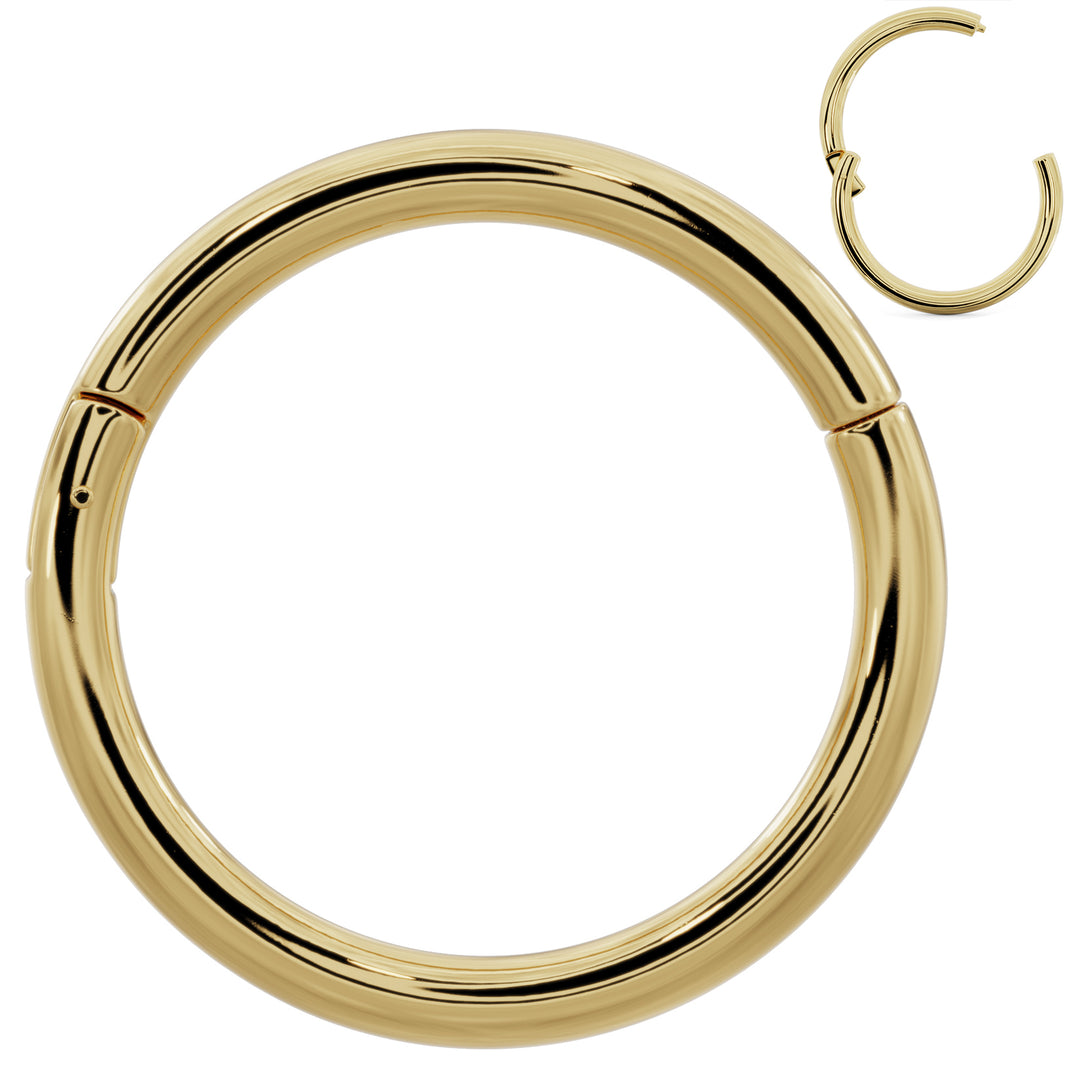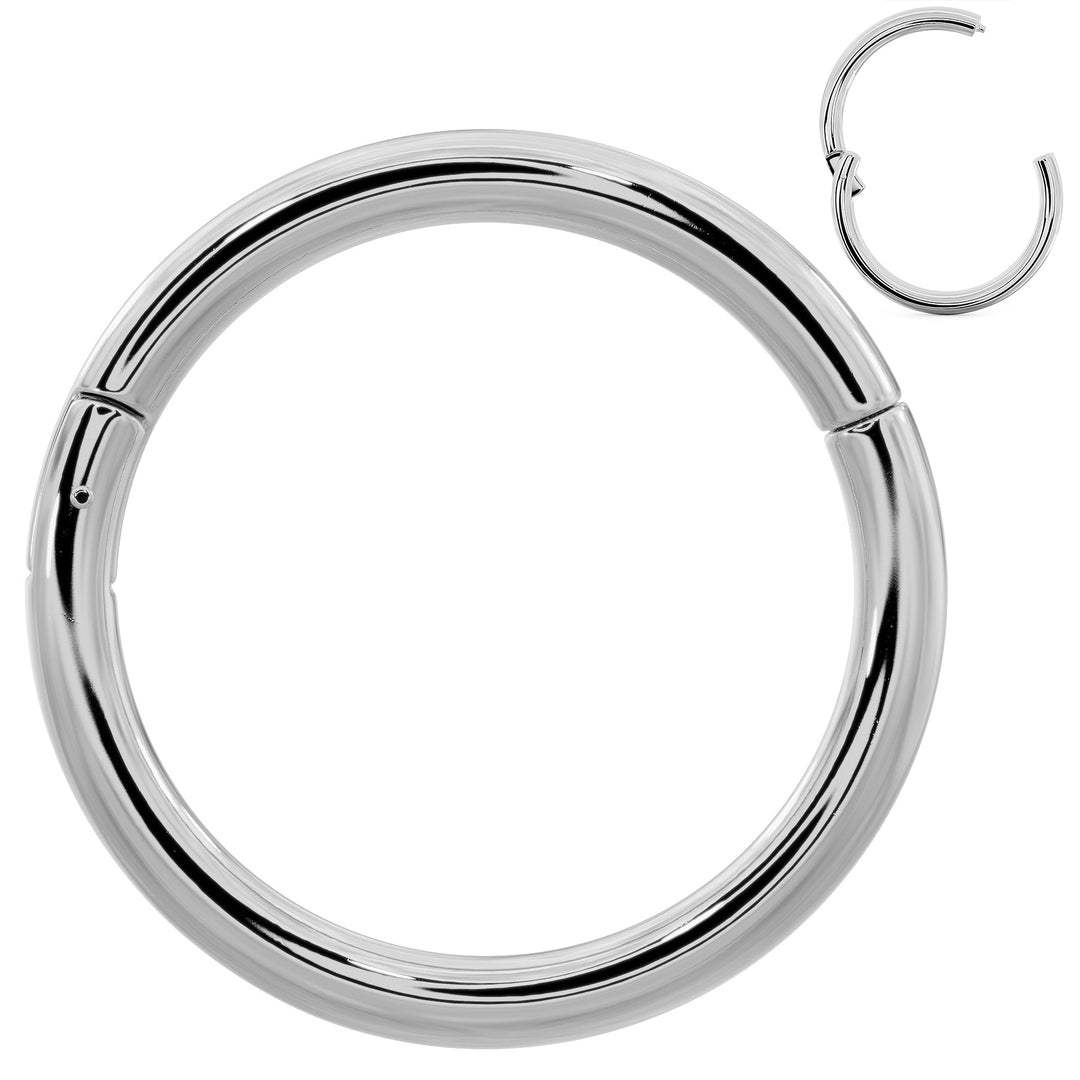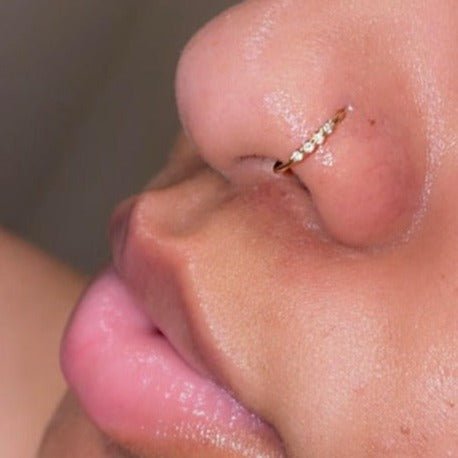An Overall Guide To Piercing Aftercare
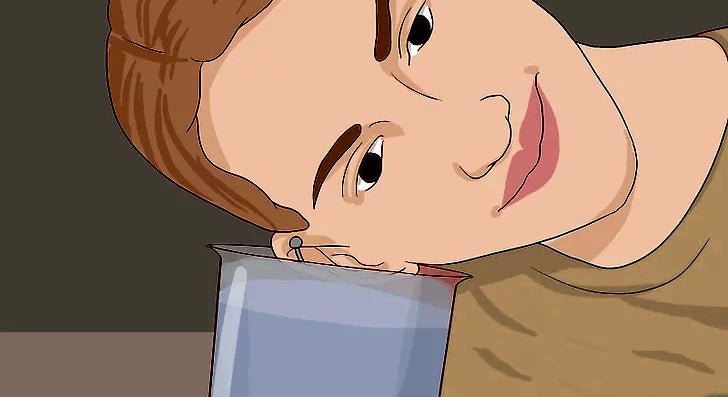

The thing about piercing aftercare is that it’s actually quite easy. No matter what piercing you have, overall practices will be the same.
If you properly care for your piercing and you were pierced correctly by a reputable piercer, serious complications rarely arise. All too often, however, piercees tend to get a bit lazy with their aftercare practices, or they quit aftercare before the piercing has fully healed, which could lead to issues both minor and significant.
The good news is that piercing aftercare takes very little time every day, and it can easily be included in your daily routine. Here’s a super simple guide to piercing aftercare for all piercing types as well as habits to avoid.
Aftercare For Every Piercing
Piercing aftercare is super easy.
- Spray a piercing aftercare wound wash directly onto the front and back of the piercing.
- Let the piercing dry or use the cool setting on your hair dryer to dry it faster.
- Complete 2 - 3 times daily.
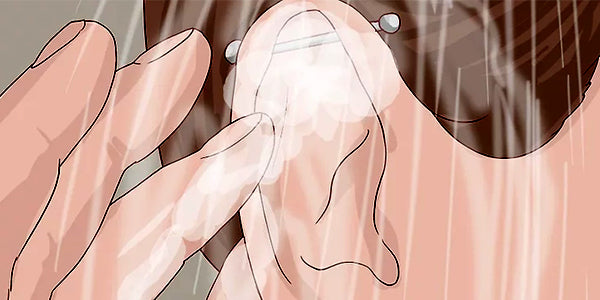

Depending on the location of your piercing and the size of the piercing tunnel, your piercer might recommend that you soak your piercing rather than spray it. In that case, simply fill a small cup with piercing aftercare saline solution, dip your piercing inside, and let it sit for 3 - 5 minutes.
That’s about it!
Of course, there are certain things that should be avoided as your piercing heals (which we will discuss below), but the basics of aftercare is nothing to stress over.
This is why you have no excuse when it comes to properly caring for your piercing. Many people tire of aftercare, especially when they have piercings with substantial healing times. However, when cleaning your piercing takes less time than brushing your teeth, then it’s not a difficult thing to commit to.
Things To Avoid While Your Piercing Heals
Avoiding certain habits and activities will be the most difficult part of your aftercare journey. Many piercing complications come from jostled jewelry, dampness, or too much pressure or movement around the jewelry, so you need to take care.
For most people, avoiding these things will be fairly easy. After a few weeks, you’ll get used to maintaining mindfulness of your jewelry, and keeping it safe will become second nature. Depending on your lifestyle, you might find it more difficult to adhere to these changes, but they are imperative for the health of your piercing.


For The Entire Healing Period, Avoid:
- Standing water (including baths, pools, and lakes)
- Putting pressure on the jewelry (including any clothing or sleeping on the piercing)
- Any products besides piercing aftercare saline solution (including makeup, lotion, antibiotic ointment, or tea tree oil)
- Touching or twisting the jewelry (this means limited kissing and/or sexual activity for genital piercings, nipple piercings, or other piercings that may be affected by such pursuits)
- Picking at any crusties that may appear around the piercing site
- Hitting or tugging on the piercing
If you partake in any of these activities and start to notice a change in your piercing (swelling, piercing bumps, movement, etc.), see a reputable piercer ASAP. They will let you know how and if you can fix it.
A Note On Healing Cartilage Piercings


While the aftercare process for cartilage piercings is the same as it is for other piercings, cartilage heals a little differently than other areas of the body, so you need to make special considerations.
Since cartilage is brittle, it’s more susceptible to complications like piercing bumps. While piercings in fleshier areas might be more forgiving, piercings in the ear and nose cartilage tend to get bumps when they’re jostled or moved too much. Cartilage also takes longer to heal, which means that you’ll need to care for it for longer.
When healing cartilage piercings, take extra care to keep the piercing dry, protect it from harm, and keep an eye out for developing bumps or irritation.
Luckily, most of the complications surrounding cartilage piercings are fairly minor, and they’re rarely permanent. If your piercing does get bumped or a piercing bump appears, simply visit a reputable piercer for consultation. Likely, you’ll just need to give to time and extra love.
What Piercing Aftercare Solution Should I Buy?
If you choose a reputable piercer, they should have a piercing aftercare saline solution that’s safe for your piercing. However, it’s important that you pay attention to the products that you use and make sure that they’re safe for your piercing.
The piercing aftercare saline solution that you use should contain no additives. This means that the only two ingredients should be sodium chloride and pharmaceutical-grade water (salt and purified water). Anything beyond that could irritate your piercing.


It is possible to mix your own saline solution at home. However, piercing aftercare sprays are inexpensive, they’re mixed properly, and they usually offer an easy-to-use spray nozzle, so it’s not a bad idea to buy a spray rather than making your own.
Piercing aftercare doesn’t have to be difficult. All you need to do is keep it clean for the duration of healing and practice aftercare until a piercer has confirmed that your piercing has completely healed. If you can adhere to these rules, then your piercing should live a long and healthy life.
